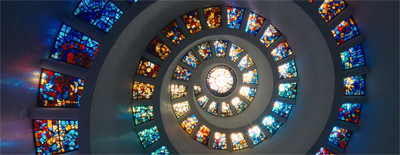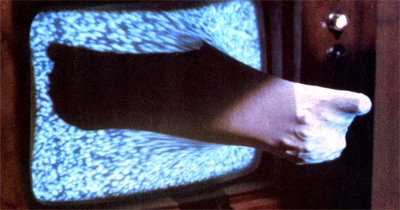We Stood Like Kings are releasing a new soundtrack for Godfrey Reggio’s impressionistic documentary Koyaanisqatsi.
Given that Phillip Glass’ iconic soundtrack to Koyaanisqatsi is almost impossible to separate from Reggio’s images and narrative, it is certainly an ambitious project. However, We Stood Like Kings certainly have form in this area. Formed more than a half-a-decade ago in Brussels, We Stood Like Kings have a long history of adapting new soundtracks for classic films.

USA 1982 is the third in a trilogy of such albums; USSR 1926 was a live soundtrack to Dziga Vertov’s A Sixth Part of the World and Berlin 1927 was a live soundtrack to Walther Ruttmann’s Die Sinfonie der Großstadt. The decision to wed USA 1982 to Koyaanisqatsi is intriguing. Reggio’s exploration of contemporary society is a rich visual odyssey, one conveying without dialogue or even title cards.
In many ways, it lends itself to this approach, inviting the audience to interpret the images on their own terms. The use of an alternative soundtrack feels very much like an organic extension of this approach; how might the audience’s interpretation change with soundtrack, how is meaning altered by something other than the image itself?

You can find more information on We Stood Like Kings and USA 1982 on their website. You can also see a short trailer below. It is released September 22 from Kapitän Platte Records.
Filed under: Movies | Tagged: Koyaanisqatsi, usa 1982, we stood like kings | 4 Comments »
























